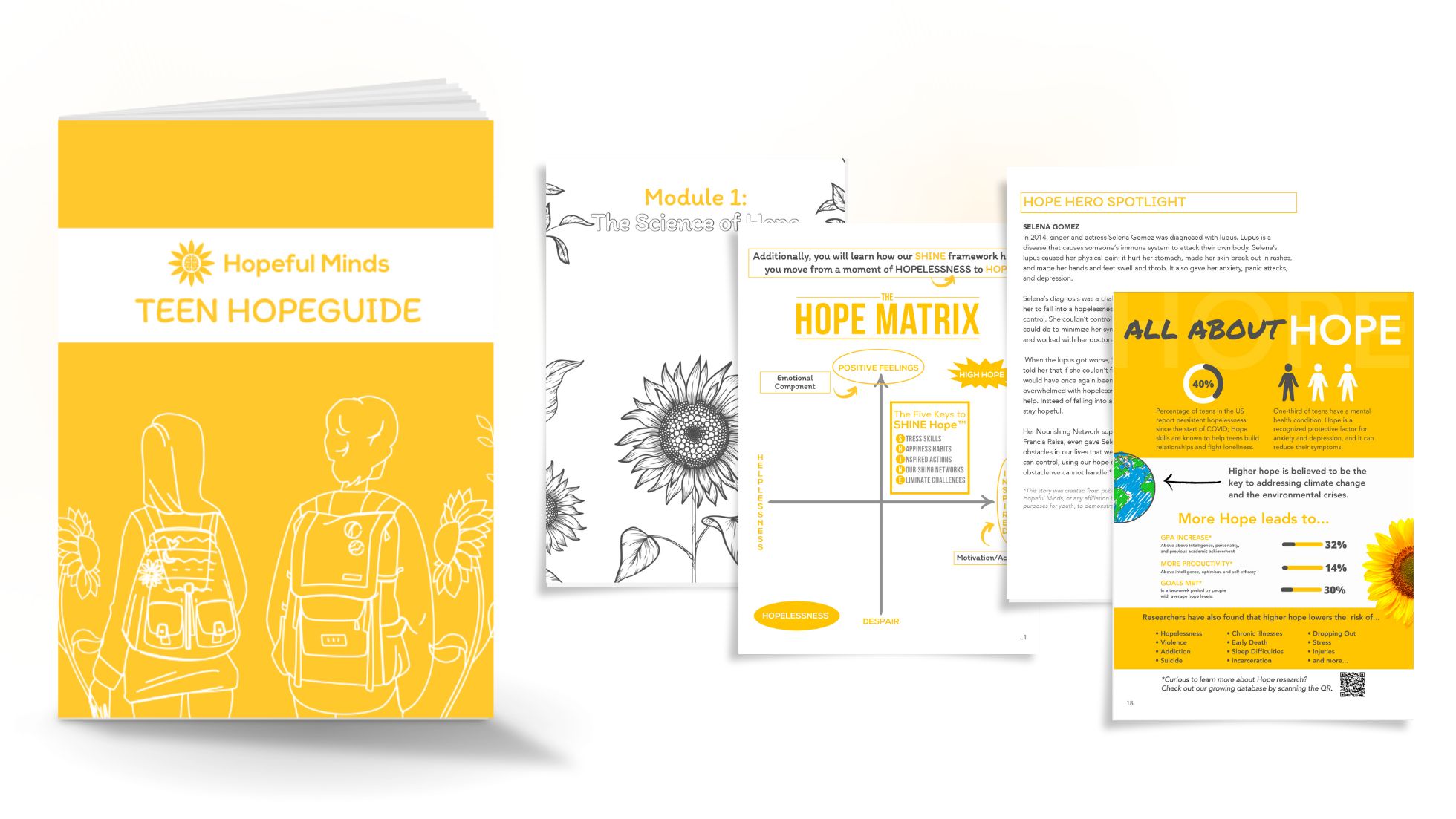Hope is a crucial element in the lives of college students, acting as a motivating force that enables them to establish and reach their goals despite facing obstacles, all the while maintaining a positive mindset.

By instilling college students with the skill of hope, we enhance their chances of success in academia and contribute to the broader advantage of campus safety, as higher levels of hope can lead to:
- Decreased chance of all risky behaviors (i.e., violence, weapon-carrying on school property, self-harm, unprotected sex, bullying, partner violence, and more).
- Decreased risk of violence, as hopelessness is the only consistent predictor of violence.
- Decreased depression and anxiety.
- Decreased risk of suicide.
- Suicide is the 2nd leading cause of death in teens and young adults.
- Emergency department visits for attempted suicide have risen by 51% percent among adolescent girls and reports indicated 25% of teen girls made a suicide plan.
- Hopelessness is predictive of both loneliness and suicidally, and notably, there is no found relationship between between loneliness and suicidality beyond hopelessness.
- Decreased risk of substance use.
- Hopelessness is linked to cigarette and alcohol use in college students; overdose history is also related to higher levels of hopelessness.
- Increased GPA; hope predicted objective academic achievement above intelligence, personality, or previous academic achievement.
- Increased college retention, a key indicator of school ratings and funding support.
- Hope predicted second-semester enrollment above and beyond high school academic performance among first-semester college students.
- Increased productivity, resiliency, and health.
- Increased positive athletic outcomes beyond the athlete’s training history, self-esteem, confidence, and mood.



